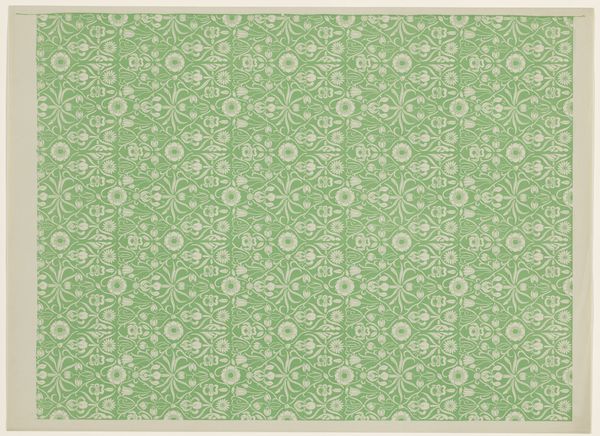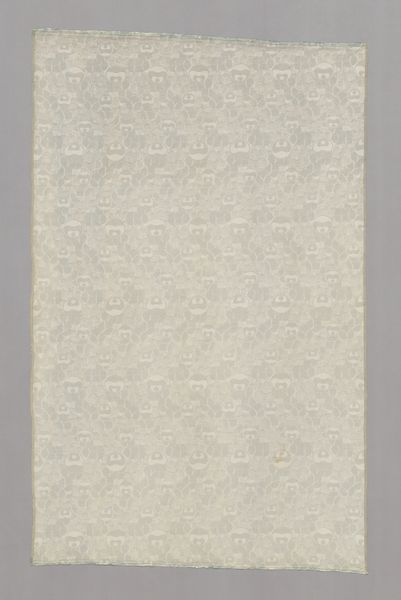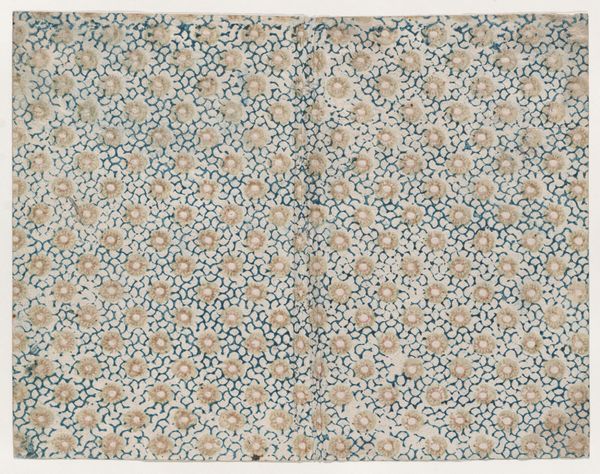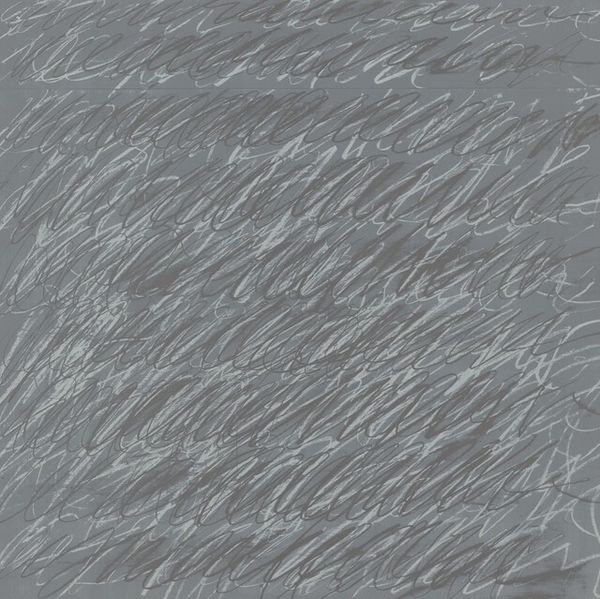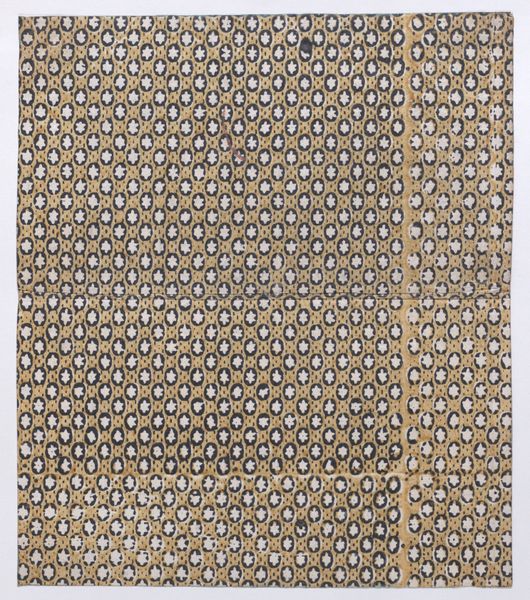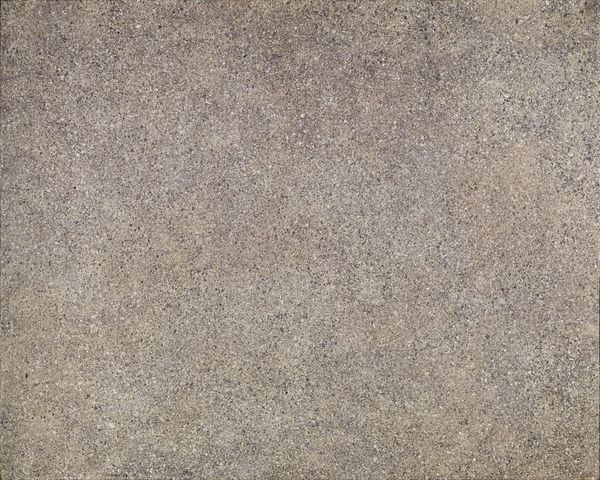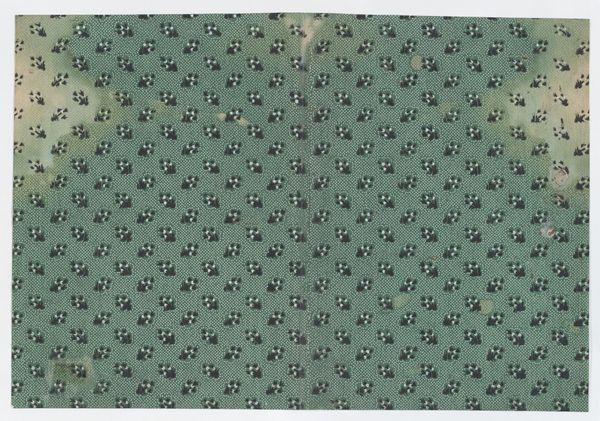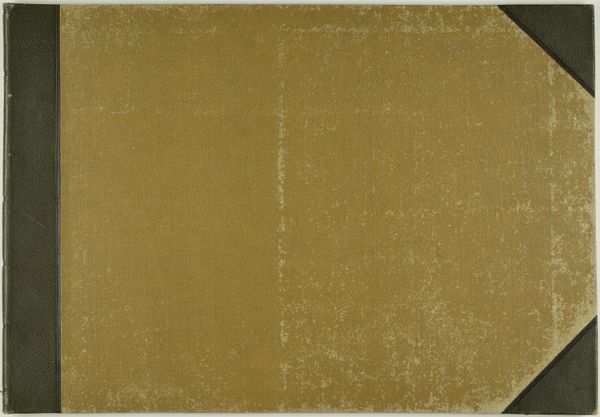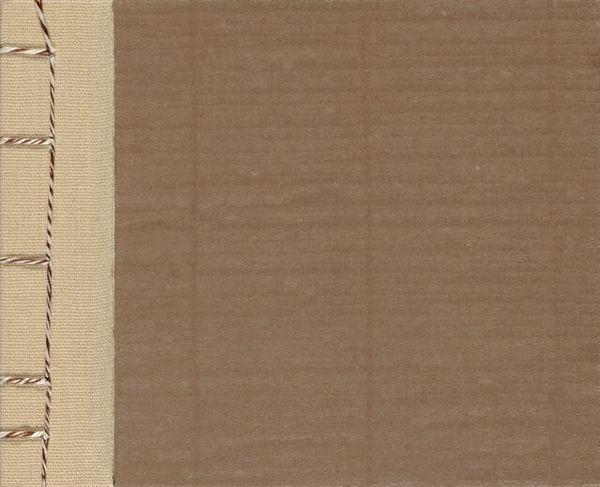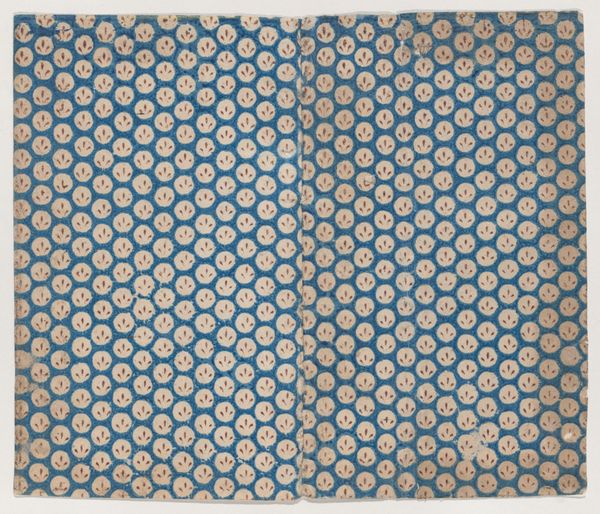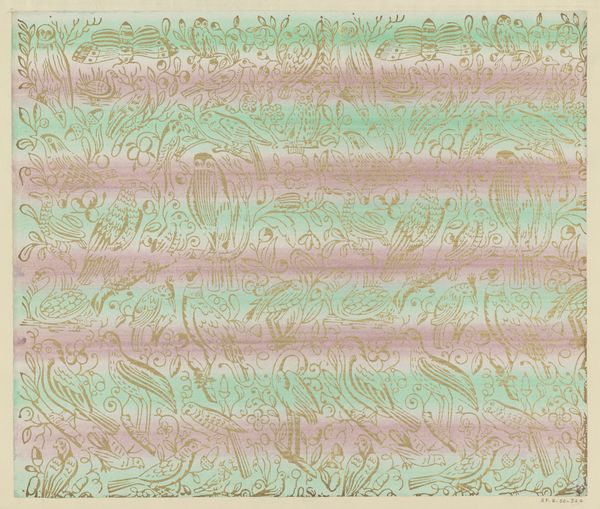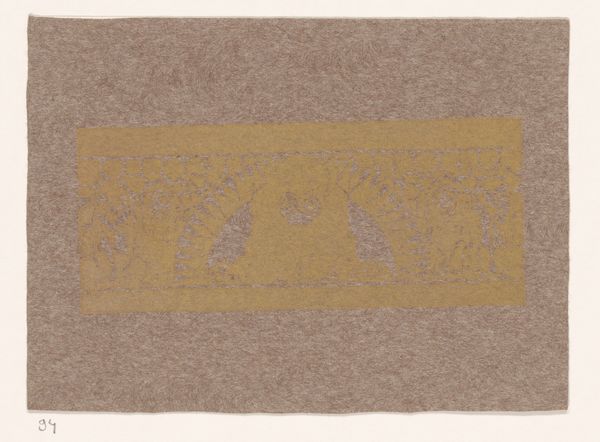
paper
#
paper
#
organic pattern
#
organic texture
Dimensions: height 206 mm, width 278 mm
Copyright: Rijks Museum: Open Domain
Editor: We're looking at "Liber amicorum met natuurgezichten," possibly from 1896, by Suzuki Kason. It's a drawing on paper held at the Rijksmuseum. The texture is the first thing that grabs me – almost like corduroy. What is your take on this work? Curator: That texture is intriguing, isn't it? What I see here is an interplay between the organic and the structured. The repetitive vertical lines suggest a regimented, almost industrial aesthetic, but the slight irregularities within each line speak to a natural, handmade quality. I see a subtle commentary on the tension between nature and industry, a prevalent theme during that era. Could Kason be suggesting that even in manufactured forms, echoes of the natural world persist? Editor: I didn’t catch that at first. So, the organic patterns could represent the resilience of nature against industrialization? Curator: Precisely. And it makes me consider Kason’s own identity. As a Japanese artist possibly working at the cusp of Western industrial influence, what might these patterns be saying about cultural identity navigating these rapid societal shifts? The visual rhythm suggests both conformity and quiet rebellion. Does that connection resonate with you? Editor: That connection definitely adds depth to my initial understanding. The work now appears less simple, like a visual metaphor. Curator: It’s like a woven tapestry, mirroring not just the texture but weaving the intricacies of socio-political change with personal expression. Editor: Thank you! I appreciate this new lens; the social context is now clearer. Curator: Likewise! It is by understanding these elements that art comes to life.
Comments
No comments
Be the first to comment and join the conversation on the ultimate creative platform.
